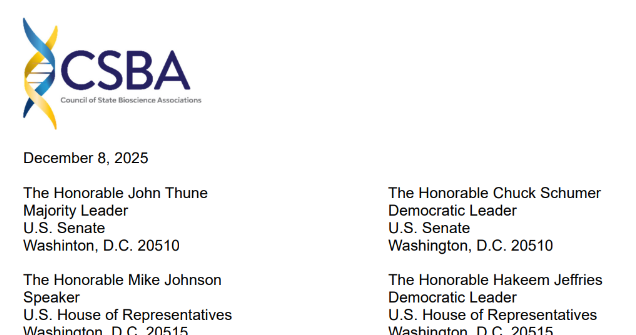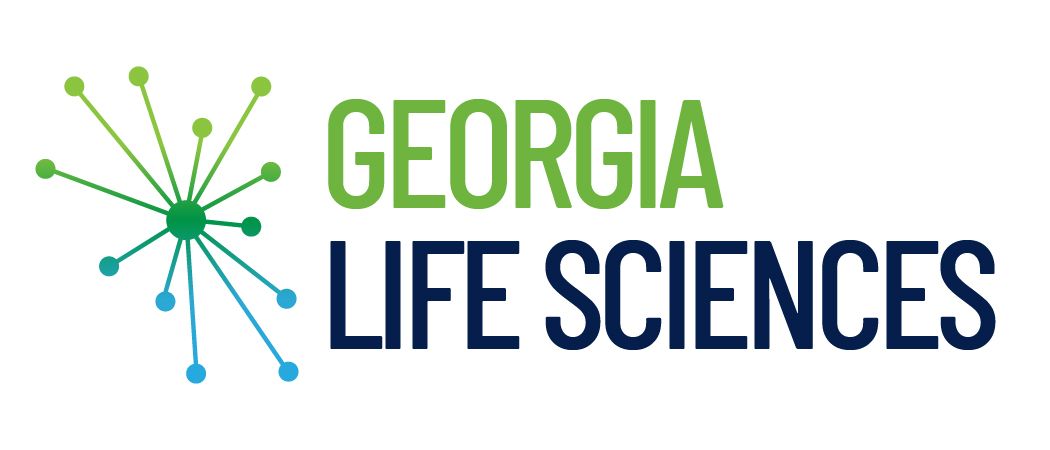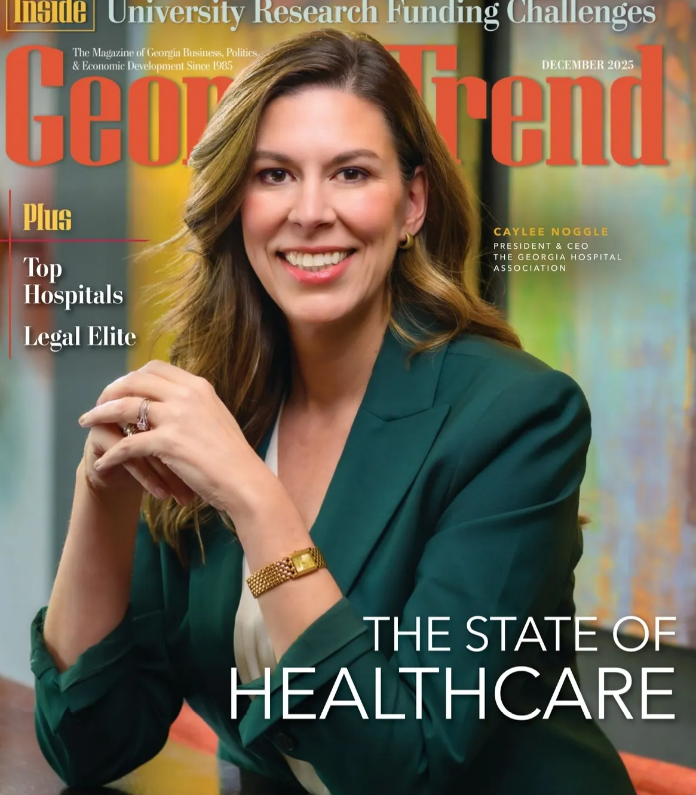Healthbeat Atlanta: Looming cuts to NIH funding have Atlanta startup founders on edge
Looming cuts to NIH funding have Atlanta startup founders on edge
Rebecca Grapevine: March 18, 2025
Looming cuts to NIH funding have Atlanta startup founders on edge - Healthbeat
Disruptions to funding streams from the National Institutes of Health aren’t just rattling university researchers. Atlanta startups that help move scientific innovations to market – creating jobs and furthering industry and academic collaboration – are also on edge.
These are small businesses that use a tiny portion of the NIH’s budget to bridge the gap between research and consumers. They make tape to improve nerve repair, devices that reduce pain without opioids, and digital tools to help people with cognitive challenges navigate daily life, among other innovations.
The NIH awarded $700 million to Georgia universities in fiscal 2024, according to estimates from an agency reporting tool. In contrast, small businesses in the state received less than $27 million for 45 projects at 29 companies in 2024, according to the tool.
Technology transfer from labs to small businesses creates a host of economic benefits, said Stephen Susalka, CEO of AUTM, which represents technology managers who help commercialize discoveries.
“It’s a Swiss Army knife in terms of impact,” Susalka said, creating new products, new companies, and new jobs. “That just leads to economic development, right? So now you have a new tax base. You have new facilities that are purchased. Those people are buying lunch every day.”
The federal funding “can really lead to strong industry and academic collaboration,” said Maria Thacker Goethe, president and CEO of Georgia Life Sciences, a nonprofit industry group. Many startups in Atlanta have “spun off” from local universities, and they play a key role in the state’s innovation economy.
The new Trump administration has frozen some NIH funding, then restarted some of it, amid threats of further cuts to come. Healthbeat Atlanta spoke to the leaders of several startups about how the uncertainty at the NIH is affecting their work. Here are four of their stories.
MapHabit: Tech for people with dementia, autism
NIH funding that flows through the Small Business Innovation Research program has been crucial to MapHabit’s success, co-founder Matt Golden said. The tablet-based platform helps people with conditions like dementia or autism complete daily activities. It placed first in a National Institute of Aging innovation competition in 2019.
MapHabit is part of the health tech portfolio at the Advanced Technology Development Center, the state’s technology incubator at Georgia Tech. The company, which has received four NIH awards, employs 15 full-time and 15 part-time workers, many in Atlanta, Golden said.
Golden’s funds were frozen in February and then restored 24 hours later, he said. Still, proposed changes at NIH like cuts to payments for overhead costs have him worried.
“The shotgun approach is going to reverse decades of progress, unfortunately,” Golden said. “These grants have been given to us so that we can spend the time to publish… to generate the data that proves this work, and that’s essential in health care.” Cuts could mean products like his get stuck on the shelf, Golden said, before they can reach those who need them. “They’ll just basically be halfway complete,” Golden said. “That’s going to put America at a big disadvantage.”
Friendi.fi: AI technology for relationships
An abrupt loss of access to NIH funding in February sent small business founder Chantal Kerssens scrambling.
Her startup, Friendi.fi, which she runs remotely from Atlanta, receives money from the national health agency to develop and test its technology, which uses artificial intelligence to connect people with an AI friend and coach. It’s also designed to help insurers gather information about the needs of their patients. At 6 months old, the company needs the NIH awards, even when it has other sources of funding.
“We need to know what we’re up against,” Kerssens said. She called a meeting of the company’s leaders to discuss how they would cover NIH-supported salaries using funds for other expenses.
Kerssens was unable to access the company’s NIH grant funds through a federal portal for nearly two weeks, even amid reports that the funds had been restored. That lack of clear information added to her anxiety.
And she’s worried about the future of the program.
Dr. Amy Baxter: Drug-free pain relief
Dr. Amy Baxter is a pediatric emergency room doctor who left private practice to develop Buzzy, a device to reduce the pain of getting a shot that won a 2020 Tibbetts Award for SBIR achievement.
She lost access to her NIH funds for eight days in February. This week, operations were back on track. Baxter is working to develop tools to reduce pain without opioids, including VibraCool, a device that reduces pain with vibrations, heat, and cold, and a product to address low-back pain, the DuoTherm, as part of a federal initiative to end opioid addiction.
She is also using NIH funding to develop a tool to more accurately capture data about people’s opioid use, much of which comes from unused pills from prior prescriptions, Baxter said. This will help researchers better track whether their new inventions truly reduce opioid use.
Vivo: Testing a virtual strength program for seniors
Eric Levitan is using an SBIR award to evaluate the efficacy of a virtual strength program for older adults, Vivo.
He said receiving notice in February that NIH funding was paused was “devastating.” Though the money was unfrozen soon after, “the damage was done,” he said, and it caused his team to “rethink everything.”
Vivo, founded in 2020, weaves together workouts and community building and helps reach older adults where they are, including at senior centers, a key customer, Levitan said. Vivo employs four full-time and 35 part-time workers, 10 of whom are in Atlanta.
The company has raised over $4.1 million from angel investors, respected investors like AARP’s AgeTech Collaborative, and Techstars – and a three-year, $2.3 million award from the NIH.
Levitan teamed with Kathryn Starr, an associate professor at Duke University School of Medicine, to apply for a small business “fast track” grant to conduct a randomized control trial to see whether the Vivo program reduces blood sugar in people with prediabetes.
“Once we realized that all NIH funding may be at risk, it caused a ripple effect across our team and our research partners. …Will it change how we’re looking at R&D, how we manage funds, or [our] approach to growth?” Levitan said. “It forced us to go into contingency mode.”
A proposed NIH policy that would cut how much it pays for the “indirect” costs of research like maintaining a facility and routine bills would amount to a 25% reduction in expected payments, Levitan said. That would likely force him to stop the randomized trial, he said, though the money has been budgeted, and results are expected later this year.
What’s next for the SBIR program?
The proposed NIH policy to cut research funding is on hold due to an injunction from a federal judge, while lawsuits filed by universities and other organizations are pending. It’s not yet clear if the policy – if implemented — would apply to existing SBIR grantees, said Mark Skinner, CEO of SSTI, a national nonprofit focused on bolstering innovation.
The application process for the NIH’s small business grants is rigorous, with the applications reviewed in a two-step process that includes evaluation by industry professionals and academic scientists. In fiscal 2023, just 19% of all applications were funded, according to data from the agency. Meanwhile, Congress must this year reauthorize the SBIR program by Sept. 30, a step it typically takes every three years. That could provide an opportunity for Congress to introduce changes.
Earlier this month, U.S. Senate Small Business and Entrepreneurship Committee Chairwoman Sen. Joni Ernst, an Iowa Republican, proposed a wide-ranging reauthorization bill that would address criticisms of the program. Concerns include so-called SBIR “mills” that repeatedly apply for grants without much commercial success and security concerns over Chinese involvement in American research and business.
That may not be the final version, Skinner said, with other proposals likely to come from the House and Senate. Ernst’s bill would prevent the SBIR program from providing supplemental funds “based on the race, gender, or ethnicity of the principal investigator, founder, or key personnel of a small business concern.’’ If enacted, that could be a problem for Golden of MapHabit, who has used an NIH program designed to promote diversity among entrepreneurs to hire two Black scientists to lead clinical trials and ensure his studies enroll diverse participants.
Rebecca Grapevine is a reporter covering public health in Atlanta for Healthbeat. Contact Rebecca at rgrapevine@healthbeat.org.




